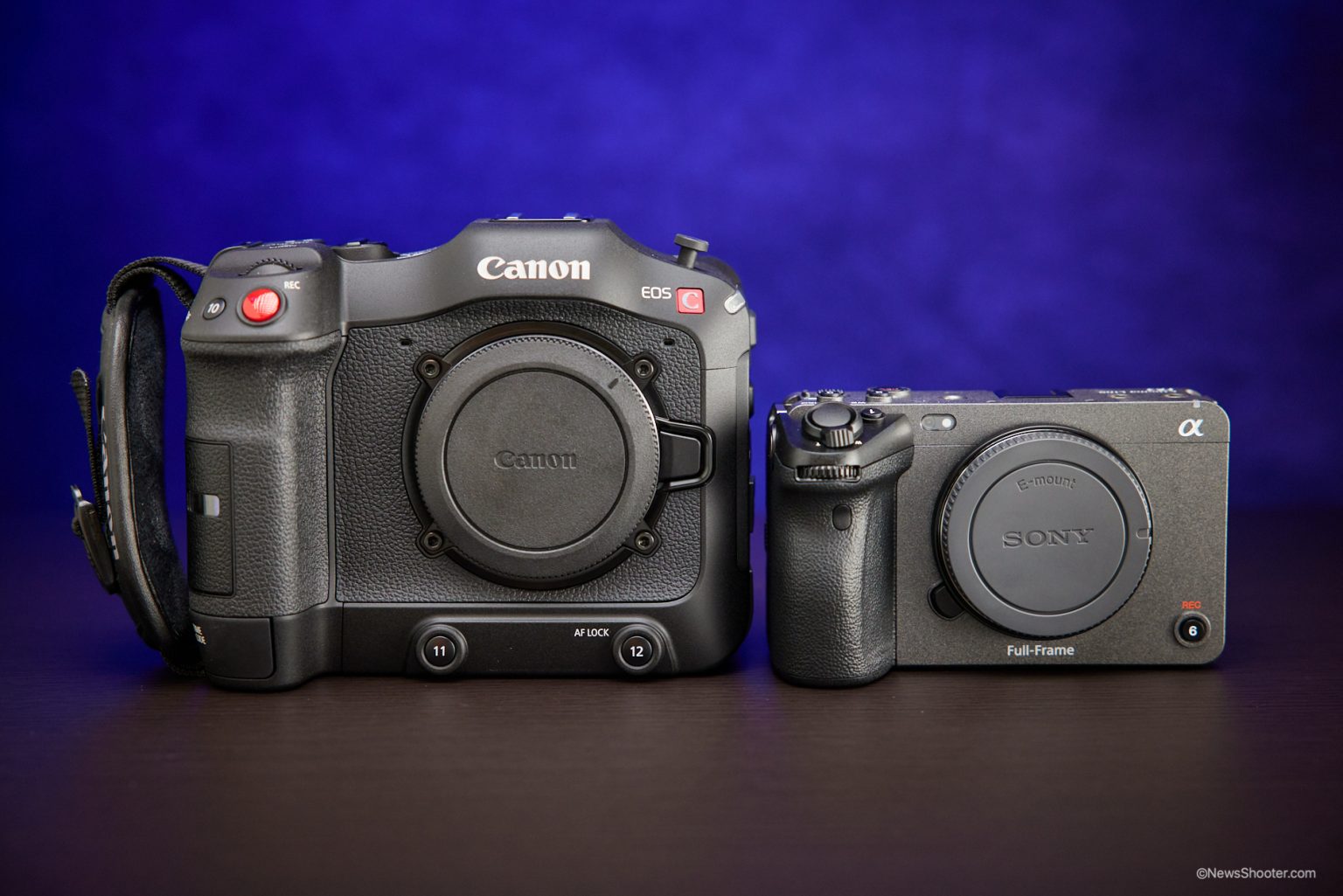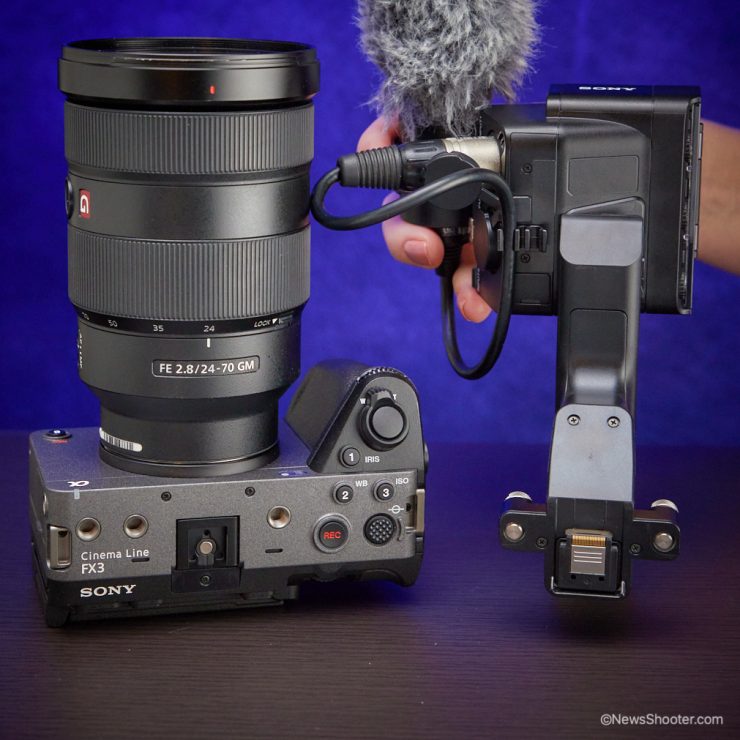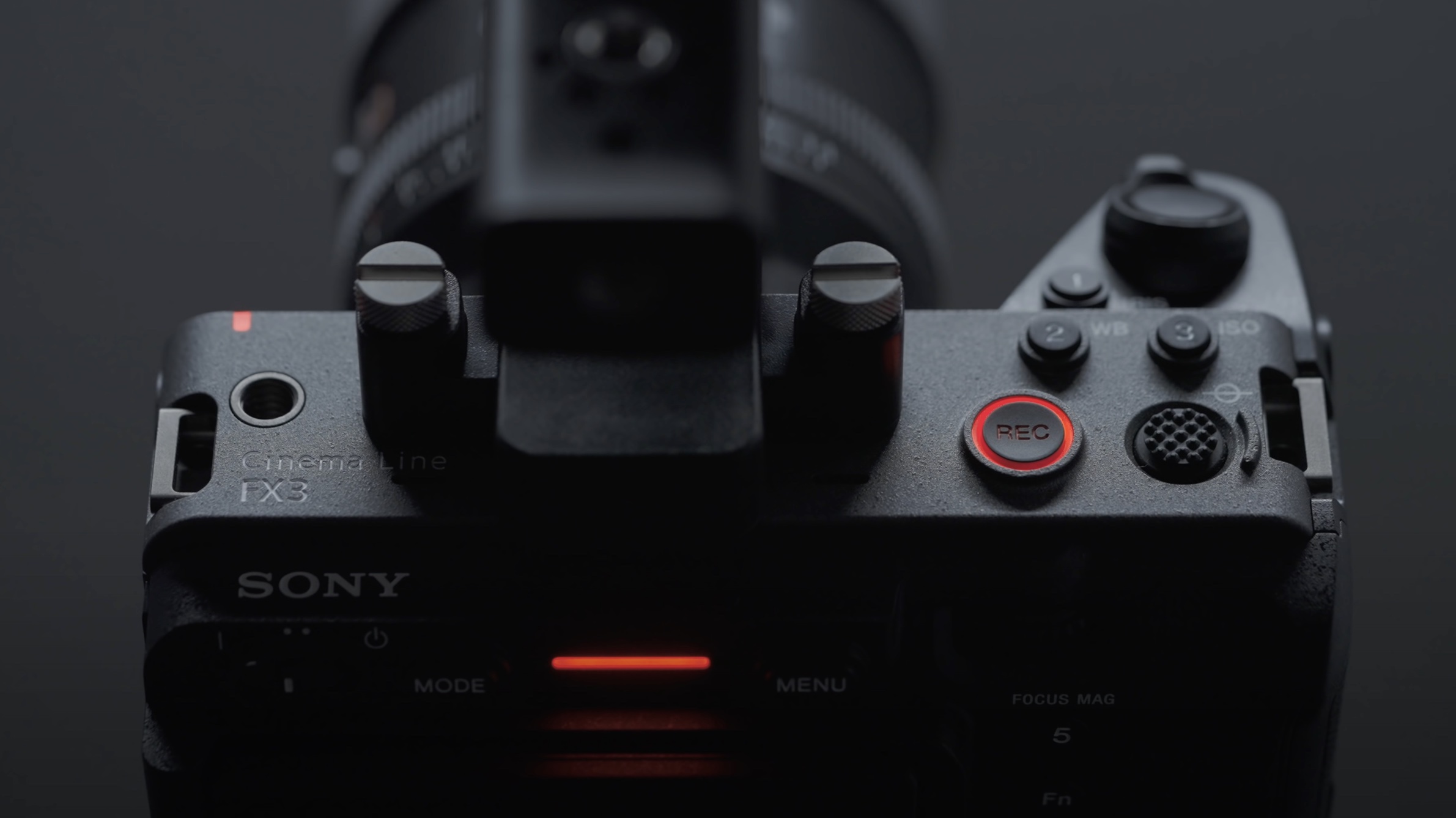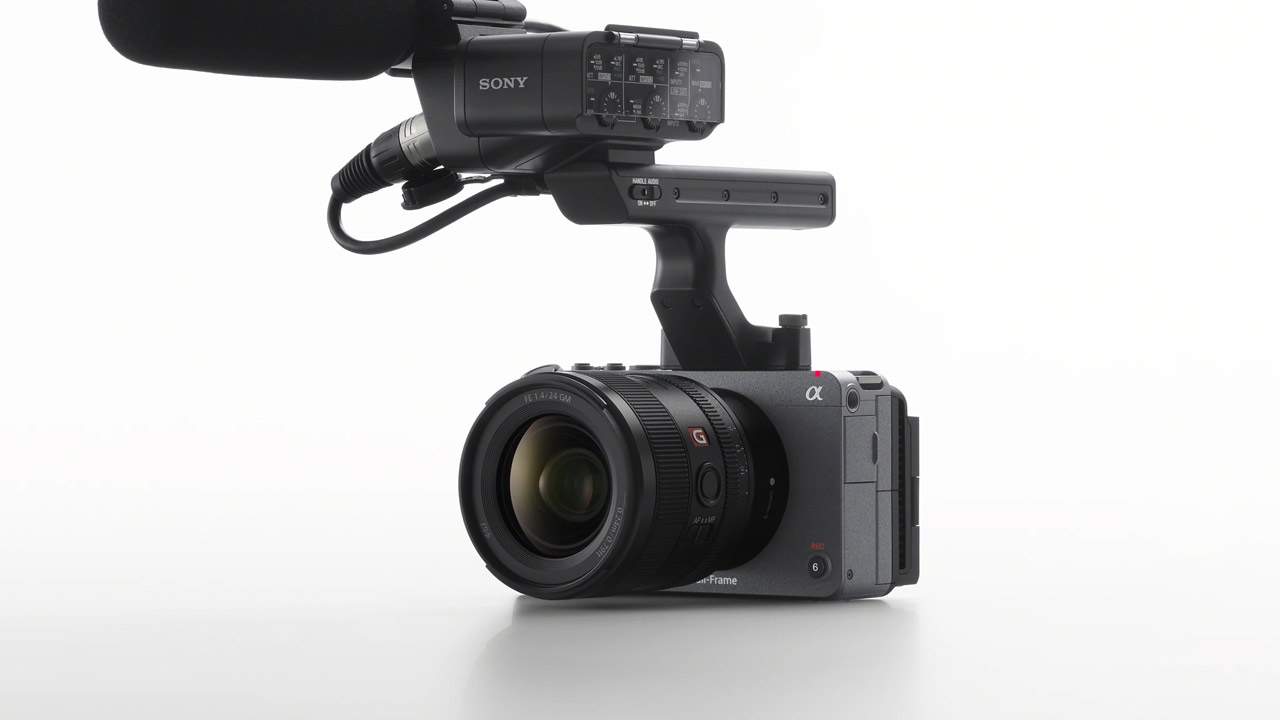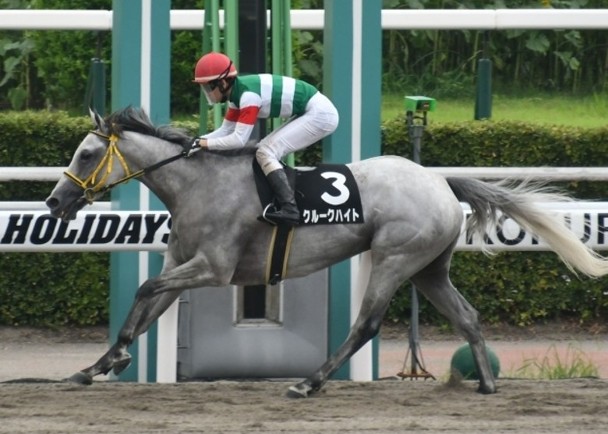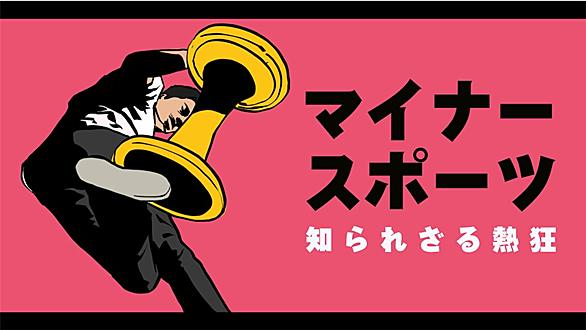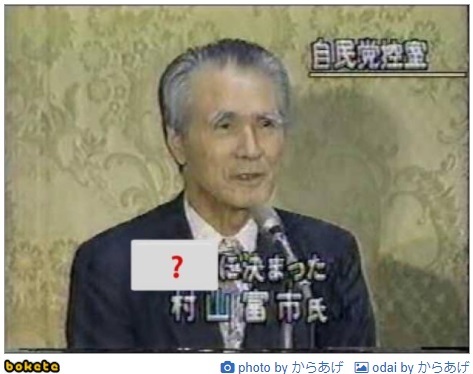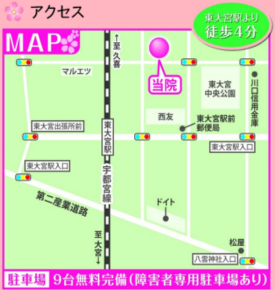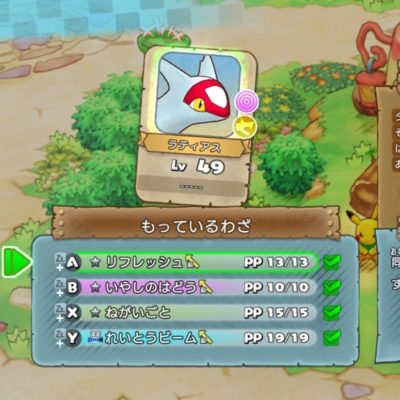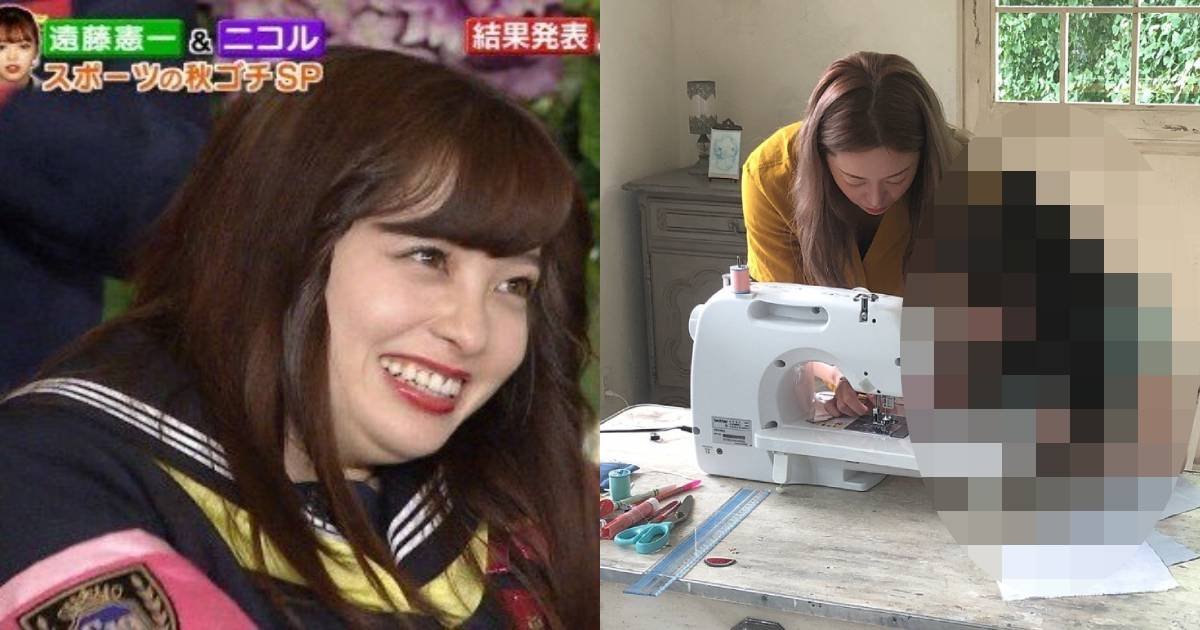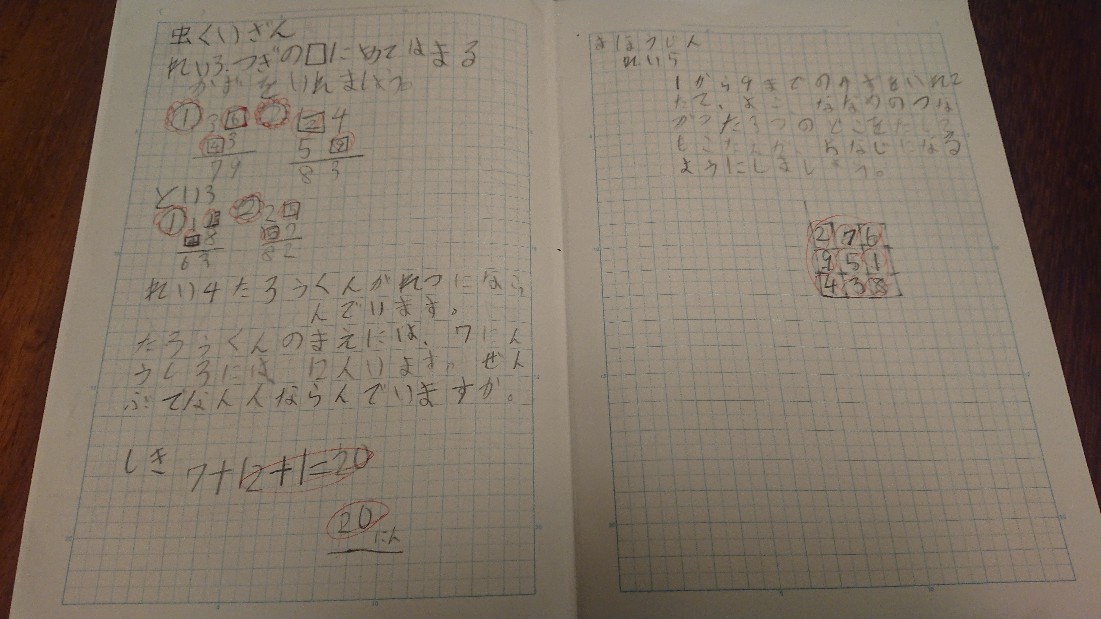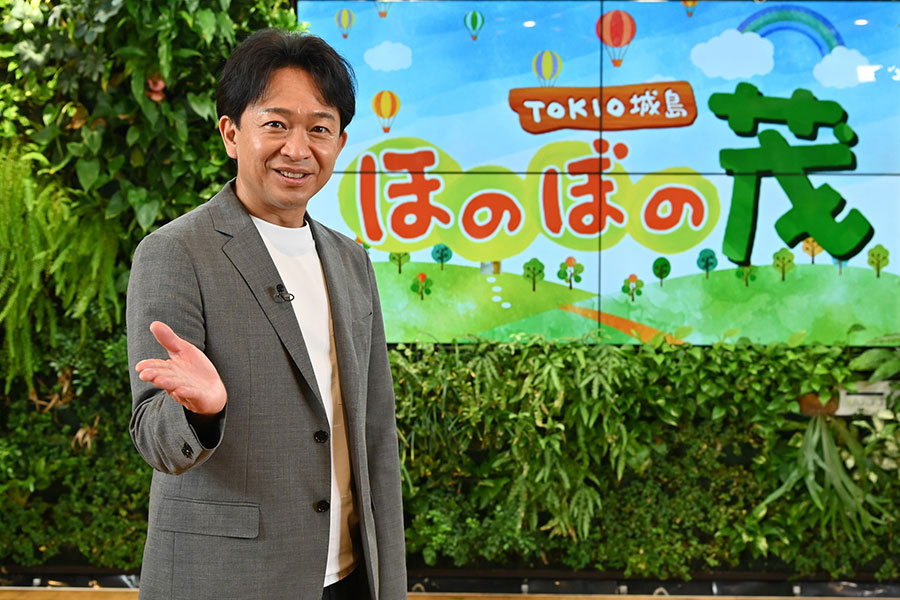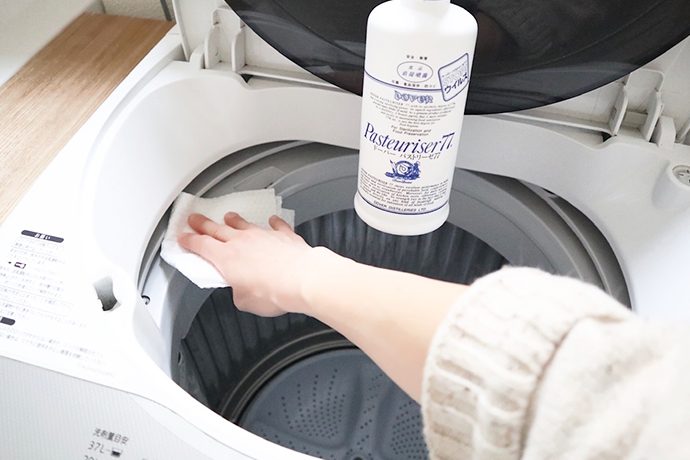Sony fx3 - 3 Things To Know About the Sony FX3
The Sony FX3
We started to see noise at ISO 32,000 and is usable to 128,000 ISO, where the noise starts to color shift. We then turned on the heat safety on high and it lasted another 46 minutes for a total of 120 minutes. We would have liked to see a waveform monitor at a minimum. On the one hand it is extremely similar to the already very popular Alpha A7S III. The new internal fan is meant to prevent overheating, but the camera still overheated. Gyroscope Data Inside every smartphone is a gyroscope that can tell which way the phone is pointing. These are the standards we expect from mirrorless cameras. S-Cinetone is included in the FX9, FX6 as well as the Alpha 1 and A7S III A7S III owners may need to update their firmware to the latest version to get S-Cinetone. It provides a beautiful, uniform look across all of these cameras without the need for any grading. Its touch-sensitive, offering menu control and touch auto-focus AF. It provides a beautiful, uniform look across all of these cameras without the need for any grading. This creates large video files that are sometimes complicated for smaller computers to handle. When it comes to stills and hybrid technology, the mirrorless Alpha series is hard to beat. Sony has for a long time offered amazing cinema-focused cameras in a traditional cinema body type with the FS and now the FX lineup. The camera has a Super 35 image sensor a 1500 nit bright Tilting LCD, the Canon EF lens mount. In terms of picture quality there is no difference between the FX3 and A7S III. Conclusion It's rare that any camera really gives users everything they want, but the FX3 has seemingly done the impossible. Sony has for a long time offered amazing cinema-focused cameras in a traditional cinema body type with the FS and now the FX lineup. ABOUT SONYCINE We provide the cinematography community with information, inspiration, and news. We hope we just need to be patient when it comes to being able to capture the 16-bit RAW output, but until then we will have to settle for 12-bit ProRes RAW. Although it might only capture up to UHD 4K, it offers up to 10-bit 4:2:2 internal capture or up to 16-bit RAW externally. It would be a great contender for a camera for motoring shows or fly-on-the-wall shows where you need a higher image quality than can be delivered by sports or action cameras. We started to see noise at ISO 32,000 and is usable to 128,000 ISO, where the noise starts to color shift. The new handle The handle feels really good and keeps you from holding on to the camera by the lens. On top of that, the 35mm audio input on the port side of the camera also functions — in some formats — even when you are using the XLR inputs. Ergonomics and usability Weight and size The FX3 is 640 grams and 3. One drawback is if you need a cold shoe for a wireless microphone receiver pack, the camera does not have another when the handle is installed. Final thoughts The image from the Sony FX3 is great. This will keep you from endlessly scrolling past the control you need. The camera can be set to fill one card, then move on to the next — so they can be hot-swapped while shooting. Adapters make it easier, but having tactile control of the input gives faster control. On the one hand it is extremely similar to the already very popular Alpha A7S III. When a camera is for video shooting first, we expect the workflow options we need. Make sure when you get a new camera to learn how that manufacture refers to some operations. Internal Proxies The FX3 shoots 4K files at speeds up to 120fps. By using both the XLRs on the handle and the 3. With an or a Shogun 7, the FX3 outputs to the recorder for it to capture 12-bit ProRes RAW. Make sure when you get a new camera to learn how that manufacture refers to some operations. These are the standards we expect from mirrorless cameras. Turn them both on and dive into the menus and again they both appear the same. But since you can just tell the camera to ignore it till it gets overly hot, two-hour battery life is very good. If you need proxies made, it can create those on one card and put the native files on the other. Although it might only capture up to UHD 4K, it offers up to 10-bit 4:2:2 internal capture or up to 16-bit RAW externally. The top resolution of 6K captures up to 60fps. Both cameras are incredibly sensitive, have very low noise levels and offer over 15 stops of dynamic range when shooting with S-Log3 or outputting RAW. However, when a battery is needed, we wanted to find out how long it would last. It has a forward tally for the subject to know when you are capturing. Shoot assists The camera has peeking and focus assist, zebras, audio meters and histogram. As much as we love the electronic variable ND in the FX6 and FX9, the void of an ND filter is just not good. In addition to the XLRs on the handle there is also a 3. Connected to the handle are full audio controls and two XLR inputs. They also make the FX3 easier to operate handheld as these buttons can be pressed by your index finger while you are hand holding the camera. HS 4K, 4K, S HD, S-I 4K and S-I HD. If you have ever shot a mirrorless or DSLR camera for video, the Sony FX3 is going to feel very familiar. It works just as well as the full-frame Sony Alpha cameras and works well. It locks into place and normally uses balanced wiring to minimize noise and other issues. ABOUT SONYCINE We provide the cinematography community with information, inspiration, and news. In addition, there are three separate buttons for Iris, White Balance and ISO. These can have different functions assigned to them if you wish. Combining the lightweight body and mobility of a small handheld stills camera with features that filmmakers need to craft moving images, it lands in a sweet spot of image quality, weight, and price point that it largely has all to itself. Apart from looking nice in grey at least I think it looks nice , the grey finish matches that of the FX6, FX9 and Venice. If it matters to you, the handle makes the Sony FX3 much cooler looking. The camera can be set to fill one card, then move on to the next — so they can be hot-swapped while shooting. On a tripod getting your eye up to the fixed EVF on the back of any mirrorless or DSLR camera is tricky especially if the camera is at any height other than eye height. Although the C70 has two XLR inputs, they are mini XLR. Internal proxies are one of those features that we tend to associate with more robust cameras, but Sony has managed to pack them into a tiny camera package like the FX3. Along with the XLR inputs, the camera either captures the stereo audio from its built-in mic or via its 35mm jack. On a tripod getting your eye up to the fixed EVF on the back of any mirrorless or DSLR camera is tricky especially if the camera is at any height other than eye height. In addition, the camera can be monitored and remotely controlled via a mobile phone with the Imaging Edge application. Sony continually evolves their menu and featured some stinkers in the past. Menu function Many cameras that require deep menu control can be frustrating to use or just not fast enough to operate for some shooting situations. Combined with a newly designed cooling system for long record times, a massive articulating screen, and a detachable top handle that supports multiple XLR inputs, it's a camera ready for life on set. The one downside to the FX3, compared to the A7S III for me is the loss of the electronic viewfinder. Sony has done what we hope all manufacturers do and started putting a gyroscope sensor inside their cameras. HS 4K, 4K, S HD, S-I 4K and S-I HD. Ergonomics and usability Weight and size The FX3 is 640 grams and 3. The shallow depth of the camera means you can get the lens closer to the sides of a car than would be possible with a traditionally shaped video camera. However, they are common amongst cinema cameras. So capture 10-bit on one card and 8-bit on the other. The best setting for the most dynamic range is S-Log3 gamma and S-Gammut3. We would have loved to see built-in ND filters, shoot a higher resolution and have an additional shoe mount when using the handle. I can mount it on the hood of a car with a simple suction mount for some of my travel shoots. Alister Chapman is a regular contributor to SonyCine. However, in our opinion, it would be well worth it. But it's also used in games, and most relevant to filmmakers, camera stabilization. Media The camera takes two different media; CFexpress type A and SD. You can set them to put stills on one card and video to the other or capture the same thing on both at the same time so there are always two copies of what is being shot. To ensure that you get the best color match I recommend that you white balance each camera by taking a white balance off a white card. Cage-free mounting The Sony FX3 adapts easily to different setups because of the mounting points all over the camera. To test when noise is introduced into the image, we did an ISO ramp going from ISO 100 up to 409,600. But at the same time there are some small but key differences that really do make it a different camera. Battery life and overheating The camera can be powered from its USB-C port, so it can be operated with uninterrupted power. While camera cages are wonderful at making our cameras more flexible, they add both expense and weight. Sometimes it's an LED, a monitor, microphone, or a wireless video transmitter, or wireless audio receiver. The Sony FX3 also has a quick function menu label Fn. The one downside to the FX3, compared to the A7S III for me is the loss of the electronic viewfinder. We turned the camera on to its highest data rate with the monitor up against the body. Although marked, the buttons can be reassigned to 140 menu different controls. If you've ever dragged a clip into the timeline of your editing system and clicked "play" only to watch it buffer or not play at all, you're going to want to know about proxies. If you need proxies made, it can create those on one card and put the native files on the other. Having to adapt a mirrorless camera without XLR inputs leads to a painful workflow. Perhaps when travelling light to some remote corner of the globe. Overall the rolling shutter is there, but not enough to be overly concerned about. Sony FX3 Specs Sensor size Full Frame Sensor type CMOS Sensor resolution — Actual 12. While camera cages are wonderful at making our cameras more flexible, they add both expense and weight. The Sony tops the C70 in sensor size, top frame-rate of 240fps in HD, 16-bit RAW out of its HDMI and full-size XLR inputs. The record button illuminates red, there is a red tally light above the screen and the frame of the monitor is red when recording. File format, bit-rate and bit-depth The camera shoots in XAVC. Sony has done what we hope all manufacturers do and started putting a gyroscope sensor inside their cameras. In a way it is a statement that this camera is not just another mirrorless camera with great video functions but something just that little bit different. However, there are three mounting spots on the grip where a cold shoe could be installed. On top of that, if you have a lens with optical image stabilization or OIS, the two work together to give an even more stable shot. We then ran the test again with the heat safety on high from the start and it also lasted 120 minutes with no interruptions. To ensure that you get the best color match I recommend that you white balance each camera by taking a white balance off a white card. Sometimes it's an LED, a monitor, microphone, or a wireless video transmitter, or wireless audio receiver. Cage-free mounting The Sony FX3 adapts easily to different setups because of the mounting points all over the camera. The best setting for the most dynamic range is S-Log3 gamma and S-Gammut3. Looking at the outside of the FX3 the first thing one might notice is that the FX3 comes with a large handle that attaches to the top of the camera. Its touch-sensitive, offering menu control and touch auto-focus AF. It captures up to 120 fps in HD to one of three different kinds of media, CFast 2. Overall the rolling shutter is there, but not enough to be overly concerned about. The record button illuminates red, there is a red tally light above the screen and the frame of the monitor is red when recording. The biggest shared feature across the a7S II, FX3 and are that they all offer the same full-frame, back-illuminated 12. Rolling shutter The camera has a rolling shutter, so there will be some effects from it. The Sony tops it in sensor size, low light sensitivity and autofocus function. So what makes the FX3 different and who would benefit from the differences? Even better, if you use Sony Catalyst, it uses metadata to stabilize even more in post-production. Unless you plan on shooting at the highest data rate, the more affordable SD cards work fine. I know I will be able to shoot for extended periods without issue. Here are a few things you might not know about it. Connected to the handle are full audio controls and two XLR inputs. This is a minor gripe, but if you are hoping to use the 16-bit RAW, you are currently out of luck. Plus, there are switches to select phantom power, mic or line level, etc. Here are a few things you might not know about it. Both the a7S III and the FX3 are also close in size, with the FX3 being almost the same width. The key features The Sony FX3 is flush with features, making the camera well-rounded. If any control is deep in the menu, you can find it quickly. This is a similar switch that some cameras use for the on and off function of a mirrorless camera. Even though you can choose to control the exposure with shutter angle or shutter speed, the camera still suffers from some rolling shutter. And while the way a video camera looks makes absolutely no difference to the images it produces, it can be a consideration on some shoots. With three on top, one if you are using the handle, one on the grip side and then the obvious one on the bottom. The biggest shared feature across the a7S II, FX3 and are that they all offer the same full-frame, back-illuminated 12. However, because it is fully articulating, it adjusts to a more viewable angle. You can set them to put stills on one card and video to the other or capture the same thing on both at the same time so there are always two copies of what is being shot. So having the ability to use either XLR or TRS via the handle really helps this camera to fit into a professional environment. Tally light Sony gave us video shooters a bunch of tally lights so we know when we are recording. The camera can use one of each, both the same or just one card at a time. Internal Proxies The FX3 shoots 4K files at speeds up to 120fps. The Sony FX3 also has a quick function menu label Fn. Both cameras shoot 4K up to 120fps, offer internal 10-bit 4:2:2 capture, have a Log gamma and have dual media card slots. I will also use it for in-car shots where the FX9 is just too big. Since its launch there has been a lot of discission about it with many people wondering why Sony would release a camera so similar to another. While the LCD screen is very good and useable most of the time, it can be a struggle to see any unshaded LCD screen in bright sunlight. Plus when the handle is removed you have the two ¼-20 mounting points available to use to either add accessories to the camera or for mounting the camera. They are spring-loaded, so you can get the handle off without having to put it down. By combining 5 axis-IBIS, internal gyroscopic metadata, and a gimbal, you have a camera that can create buttery smooth shots that just wouldn't have been possible before. On larger cameras like the , there are various mounting points and plenty of room to mount accessories with velcro. When it comes to stills and hybrid technology, the mirrorless Alpha series is hard to beat. Tally light Sony gave us video shooters a bunch of tally lights so we know when we are recording. Where the two cameras differ is the S1H has the L lens mount and has an EVF. One particular application that I foresee for the FX3 is as a camera for car, boat or aircraft applications. Final thoughts The image from the Sony FX3 is great. Performance tests Low light The camera has an ISO range of 80 to 409,600. The key features The Sony FX3 is flush with features, making the camera well-rounded. Knowing the information about how the camera moves through space can help camera manufacturers stabilize footage in post-production with more sophistication than previously possible. Although marked, the buttons can be reassigned to 140 menu different controls. The main menu is laid out so you can see all of the levels as you go. The camera has a Super 35 image sensor a 1500 nit bright Tilting LCD, the Canon EF lens mount. But at the same time, I think it is fair to suggest that holding a camera like this up to your eye without any additional support for extended periods is tiring and impractical, especially if you are using a heavy lens. Media The camera takes two different media; CFexpress type A and SD. In terms of picture quality there is no difference between the FX3 and A7S III. In addition, the camera can be monitored and remotely controlled via a mobile phone with the Imaging Edge application. Knowing the information about how the camera moves through space can help camera manufacturers stabilize footage in post-production with more sophistication than previously possible. When you do remove the handle what you are left with is a camera with an almost completely flat top. The FX3 has dual card slots that support both CFexpress Type A and SD cards using the same slot. The main menu is laid out so you can see all of the levels as you go. It's how the phone knows to go into landscape mode or point you in the right direction navigating maps. It attaches by two screws that adjust without tools. The FX3 has dual card slots that support both CFexpress Type A and SD cards using the same slot. Even if you have a robust computer, proxy workflows are not complicated and can speed up efficiency. If it matters to you, the handle makes the Sony FX3 much cooler looking. Adapters make it easier, but having tactile control of the input gives faster control. S-Cinetone is included in the FX9, FX6 as well as the Alpha 1 and A7S III A7S III owners may need to update their firmware to the latest version to get S-Cinetone. This means that it's as simple as screwing in any number of your accessories directly to the camera. With a top frame rate of 240 frames per second fps in HD, it offers a fantastic 120fps in 4K. The top resolution is just UHD 4K While the rest of the camera world offers higher and higher resolutions, Sony stuck with a top resolution of just UHD 4K in the FX3. Is either the 14th or 15th stop in dynamic range a big deal? One drawback is if you need a cold shoe for a wireless microphone receiver pack, the camera does not have another when the handle is installed. Shooting from a low-angle handheld is a breeze. But it's also used in games, and most relevant to filmmakers, camera stabilization. With the data, it allows you to use Sony's to stabilize your footage in post. It captures up to 120 fps in HD to one of three different kinds of media, CFast 2. Plus, the supplied XLR handle provides three additional threaded mounting points for accessories. Its a 3 inch 1,440,000-dot LCD. However, the camera does not have waveform, vectorscope or false color. In collaboration with The Sony FX3 is the smallest camera in the Sony Cinema Line lineup, but that doesn't make it any less formidable for crafting cinematic imagery. Even though you can choose to control the exposure with shutter angle or shutter speed, the camera still suffers from some rolling shutter. They also make the FX3 easier to operate handheld as these buttons can be pressed by your index finger while you are hand holding the camera. The Sony tops the C70 in sensor size, top frame-rate of 240fps in HD, 16-bit RAW out of its HDMI and full-size XLR inputs. We saw 14+ stops, but the 14th stop was hard to see, and would likely not be of any use when needing to capture a dynamic setting. By combining 5 axis-IBIS, internal gyroscopic metadata, and a gimbal, you have a camera that can create buttery smooth shots that just wouldn't have been possible before. Lastly, although it uses the same battery as the a7S III, it touts a longer battery life and has active cooling fans to keep the camera from overheating. This is not only to assist with getting the top of the camera flat but also to make it easier to use when shooting video. XLR is the connector of choice in the world of professional film and video. Combining the lightweight body and mobility of a small handheld stills camera with features that filmmakers need to craft moving images, it lands in a sweet spot of image quality, weight, and price point that it largely has all to itself. The camera can use one of each, both the same or just one card at a time. Full size XLR inputs This is more of a dig at other manufacturers for offering mini XLR inputs like Blackmagic on the Pocket cinema cameras or the Canon C70. Having multiple audio input options makes the camera even more dynamic. I think that most users will benefit more from the sturdy handle attached to the nice flat camera top or the ability to mount the camera upside down or via the ¼-20 mounts on the top. Its a 3 inch 1,440,000-dot LCD. Both use the same E-mount lens mount and have the same amazing autofocus system with touch to focus and focus tracking. We hope we just need to be patient when it comes to being able to capture the 16-bit RAW output, but until then we will have to settle for 12-bit ProRes RAW. However, because it is fully articulating, it adjusts to a more viewable angle.。
。
Sony FX3 review
。
。
3 Things To Know About the Sony FX3
。
。
The Sony FX3
。
。
The Sony FX3
。
。
3 Things To Know About the Sony FX3
。
。
The Sony FX3
。
。
- 関連記事
2021 www.dfe.millenium.inf.br


